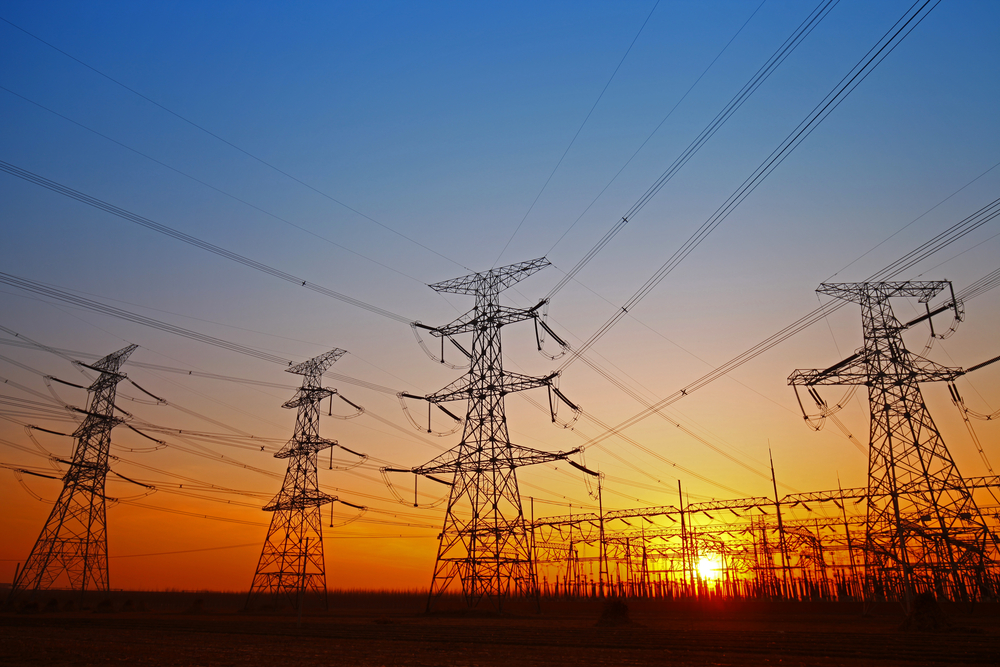
A new distribution system designed by researchers at the University of Waterloo would reduce electricity prices by more than five per cent while also improving service reliability.
The design involves the integration of the two kinds of electric current that power homes, industries and electric vehicles – alternating current (AC) and direct current (DC).
Researchers found efficiencies by designing a system that delivers both kinds of current to customers instead of the AC-only distribution systems now in use throughout the world.
Their approach minimizes conversions from one kind of current to the other and makes it easier to integrate growing green technologies.
“Minimizing power conversion requirements creates a simpler system with greater efficiency and less loss,” said Haytham Ahmed, a postdoctoral fellow who led the research with electrical engineering colleagues at Waterloo. “As you reduce the number of converters, you also reduce the chances of service interruptions due to breakdowns.”
Existing power networks carry AC because of the utilization of power transformers to increase voltage for greater long-distance transmission efficiency and reduce voltage for distribution purposes.
As a result, the distribution systems that then deliver electricity from local substations to end users also carry AC.
That means electronic devices such as computers, televisions and smartphones, which all use DC power, must include AC-DC converters.
It also means converters are required to charge DC-powered electric vehicles and feed electricity into the grid from green generation sources, including solar panels and fuel cells, which produce DC.
The new AC-DC hybrid system, the product of sophisticated computer modelling and optimization, introduces AC-DC converters at strategic points in the distribution system itself, instead of only at end points where customers access it.
A comparison of the AC-DC hybrid distribution system to an AC-only system estimated savings of over five per cent due to less energy loss and lower infrastructure costs.
If electronic devices and electric vehicles no longer needed converters, they would also be cheaper to make and use less electricity.
“When you feel heat coming off the charger for your laptop, that is lost energy,” said Ahmed. “We can eliminate those losses so we consume less power.”
The AC-DC hybrid distribution system is expected to have the greatest potential for adoption in new residential and commercial areas, or when existing systems are being expanded with additional substations.




